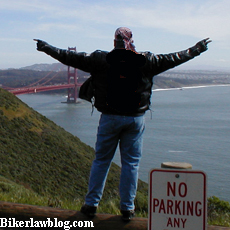
California Biker Lawyer and Motorcycle Attorney Norman Gregory Fernandez North of the Golden Gate Bridge
Riding on a motorcycle with a friend is one of the most fun things you can do. It could be a much more enjoyable experience if the passenger understands and follows quick and easy rules. To become the kind of passenger riders wish to ride with, try to remember the advice given below:
Wear clothing that will give you some protection in the unlikely event of crash or accident. At the minimum, you should wear the following to safeguard yourself:
Footwear that protects your feet and your ankles (hiking boots are excellent).
Durable pants–leather is most beneficial; if you don’t have or cannot get leather, you will need to get by with jeans, work pants, or something like that. An abrasion resistant jacket that zips or buttons in close proximity to the neck (again, leather is advisable should you have it; a nylon flight jacket or parka are satisfactory, and a Levis-type jacket will do in a pinch).
Durable gloves.
Eye protection–ideally, the helmet you borrow or own needs to have a face shield for comfort in addition to eye and face protection. If it does not, goggles are excellent, and glasses (dark or prescription) will do.
It’s also wise to make an effort to dress appropriately for any weather.
If you have not ridden as a motorcycle passenger very much, you probably do not realize how hot or how cold it can be on a motorcycle ride. If it is hot, it will feel a lot hotter when you are riding; when it is cold, it will feel a lot colder when you are riding. Ask the rider for assistance or tips on dressing for any anticipated weather conditions. When choosing comfortable attire, try not to compromise your minimum level of protection as described above.
On hot sunny days, one trick would be to wear an extra-large white shirt over your jacket. It’s going to reflect a great deal of heat and help keep you cool. (This is not one of my tips, but it is recommended by other riders) In general, it really is easier to dress safely and comfortably for just a cool day compared to a hot one. Lastly, don’t wear anything loose and floppy (like a long scarf or bell bottom pants) which could get caught in the rear wheel, sprockets, drive chain or belt, or any other moving area of the motorcycle. You could injure yourself, and might cause an accident.
Wear a securely fastened helmet which fits properly. Most riders have extra helmets and will also be glad to loan you one.
A helmet should be a snug fit; it shouldn’t be possible to twist it around on your head. The strap should be pulled as tight as you can get it without choking yourself out. You can try for fit, and also to find out if the strap is tight, by holding the chin bar of your full face helmet, or the side edge of an open face helmet, directly over your forehead, and attempt to pull the helmet backwards off top of your head. In the event the helmet ends up on the back of your head, tighten the strap or get a helmet which fits.
Under no circumstances should you ride with a helmet that will slip easily over your head with the strap on. The rider can instruct you on the best way to put on your helmet properly. If you ride often, you will eventually want to buy your own personal helmet. Just about any motorcycle shop will help you choose a suitable helmet which fits you correctly.
Before you decide to attempt to get onto the motorcycle, make sure that the passenger foot pegs are down. (They fold when not being used, and it is easy for the rider to forget to put them down for you.) If you do not know where the foot pegs are, have the rider point them out to you.
Also, beware of the exhaust pipes. Make sure you know where they are, and do not let your leg or any area of your body touch them when you get on or off of the motorcycle. They can and will give you a severe burn all the way through the heaviest pants if you touch them with your legs or another part of your body.
It is actually customary to get on or off the motorcycle from the left side. Always wait for the rider to inform you its okay to mount or dismount. Should you begin to clamber on (or off) when the rider does not expect it, the sudden motion of the motorcycle can and may be disconcerting to the rider. You might even pull the motorcycle over.
The best way to get on a motorcycle and the method almost all passengers should use is to extend your right leg over the rider’s portion of the seat, and then slide gently up onto the passenger part of the seat. Put your feet on the foot pegs and that’s it.
If you aren’t able to do that because you are a small person or perhaps a child, this method may work: put your left foot on the left passenger foot peg, lean your whole body all the way over the motorcycle, and gently step-up until you can swing your right leg over the seat and ease yourself down. You need to keep yourself low and lean over the center of the motorcycle as much as possible when you jump on, to help the rider keep the motorcycle balanced. The extra weight of your body, if it’s too far out of line with the weight of the motorcycle, could pull the bike over.
A person reasonably in close proximity to a normal size (man or woman) should never need to use this method to mount a motorcycle, and a heavy person should not attempt it under any circumstances.
It’s all a matter of balance; the rider may not be sufficiently strong enough to hold a large motorcycle upright should you cause it to get out of balance.
To dismount, just reverse the process you utilized to jump on. After some practice, getting on and off will become second nature.
Once you are on the motorcycle, plant your feet on the passenger foot pegs and keep them there under all circumstances. You do not want to bring your foot into contact with the ground, rear wheel, drive chain, belt, or the hot muffler.
Never make an attempt to assist the rider to hold the bike upright when it’s stopped by putting your foot down. Keep the feet safe by keeping them on the foot pegs at all times.
Place your hands on the rider’s hips. This is the best way to keep hold of the rider, and it keeps you in touch with the rider’s movements. Keep your weight centered over the motorcycle. Try not to move around any more than is necessary, particularly when the motorcycle is stopped, because it affects the balance of the motorcycle.
Motorcycles turn by leaning (banking like an airplane), not by steering like a car. So don’t be alarmed when the motorcycle leans over to go around a corner.
To set yourself into the right position perfectly for any turn, just look over the rider’s shoulder towards the turn. When the motorcycle is turning right, look over the rider’s right shoulder; when it is turning left, look over the rider’s left shoulder. You don’t have to do anything else; looking naturally over the rider’s inside shoulder will automatically put your weight exactly where it belongs in a turn. Keep your body in line with the rider’s body to prevent the motorcycle from leaning greater than the rider intends. (When going straight, it does not matter which shoulder you gaze over.)
Never lean beyond a turn; you could cause a crash that way.
When the rider applies the brakes, it creates a forward weight transfer on the motorcycle. In the event the rider is forced to brake hard, as in an emergency, this forward weight transfer will be very apparent to you; you’ll be forced up against the rider, and you will begin to slide forward on the seat.
Don’t panic. Try to keep back, off of the rider. Resist sliding forward by pressing your feet up against the foot pegs; make use of your thigh muscles to manage your position on the seat. Should you slide forward, you may force the rider forward, decreasing the rider’s control of the motorcycle. Additionally, it moves the weight distribution of the motorcycle forward, reducing the weight on the rear tire and therefore the traction of the rear tire, which makes it much more likely that the back tire will begin to skid. Obviously, none of this is desirable. Try to keep yourself from jamming up into the rider by using your foot pegs and your thighs.
You will be an active participant in the ride by staying alert and being prepared. Help the rider search for potential danger, and stay prepared to hang on and hold yourself back in the event you anticipate a need for sudden braking.
Likewise, in the event the rider is forced to swerve the motorcycle in order to avoid a hazard in the road, you have to be prepared for a sudden lean and change of direction.
It’s also possible to assist the rider by scanning for animals that may run into the street. Dogs and deer are particularly unpredictable, and you might see a deer on a hillside above the road, or perhaps a dog in somebody’s yard, before the rider. (After all, the rider is concentrating primarily on the street.)
In the event you spot a hazard of any type that you think the rider is unaware of, rap the rider on the appropriate shoulder, and point at the hazard in a manner that brings it to the rider‘s attention.
If you or a loved one has been involved in a motorcycle accident anywhere in the State of California, call the real California Biker Lawyer Norman Gregory Fernandez for a free consultation at 800-816-1529 x. 1.
California Motorcycle Accident Attorney and Biker Lawyer Website
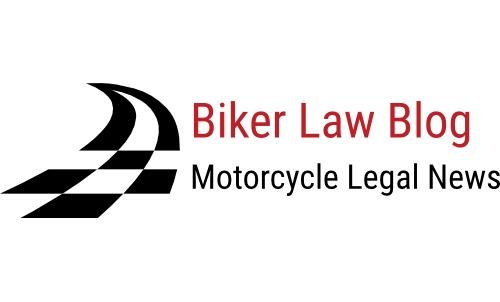



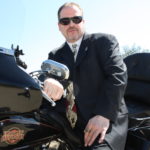 Welcome, my name is
Welcome, my name is 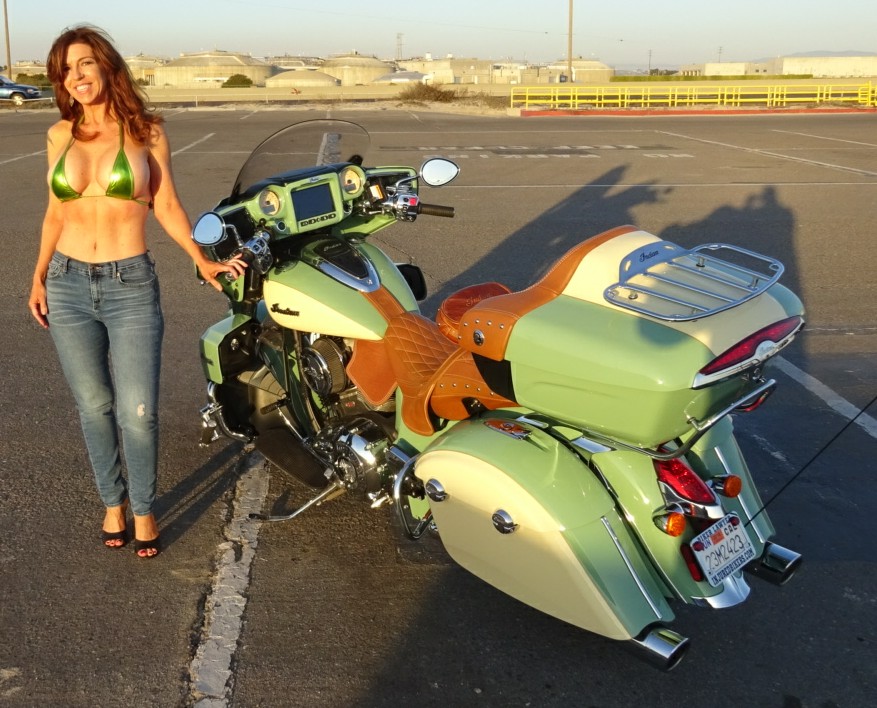
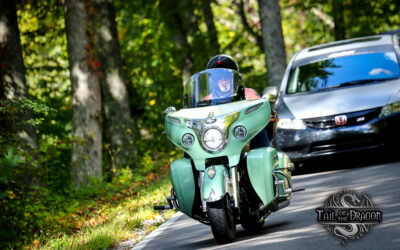
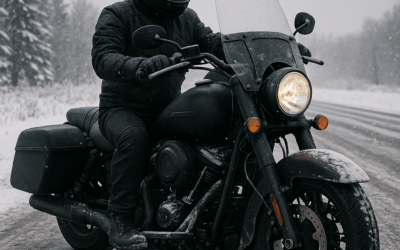





Boy!! That was a mouthfull. Dude, you should put an instructional manual about stuff like this together and publish it. Add in some humorous anecdotes, funny pictures, short road stories, and you got yourself something worth keeping in your favorite bathroom reading material. Hey,Hey..Wink..Wink..say no more.
I agree with grumpy, you got some serious typing fingers man.
I agree with them. You can really make an e-book out of this and get to earn some bucks. You are an expert on this stuff and you deserve to earn from it. Good luck!
Really great tips that riders need to think about to make sure they’re safe while riding.
Great tips! But I have to add—wearing safety gears like helmets, knee guards, and kevlar jeans are very important when riding. When I got into a motorbike accident a couple of years ago, I was lucky that my wife and I were wearing kevlar jeans and helmets that we both got from http://www.s3performance.com.au/ . I am never going to get tired of encouraging people to always wear safety gears when they are driving, because I am still alive today thanks to them.